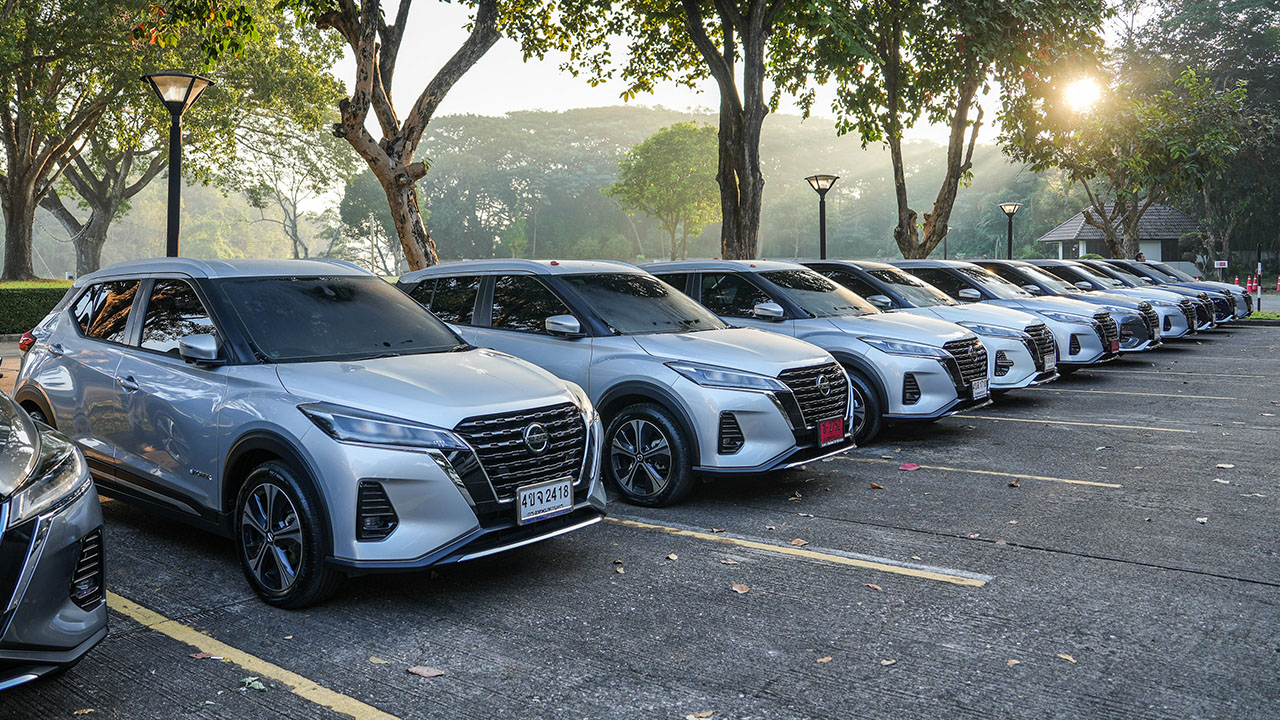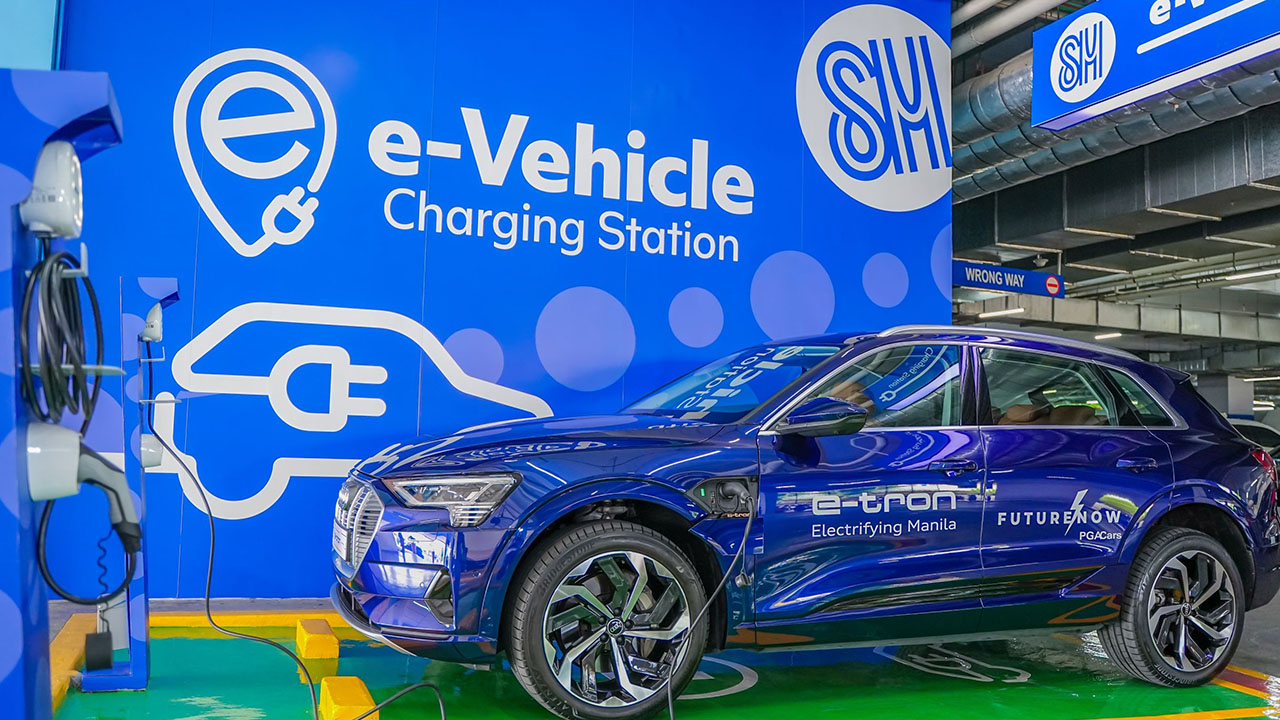
In December of 2024, a potential lifeline in the form of a merger with Honda was established but recently just fell through, leaving Nissan to rely on internal cost-cutting measures to remain afloat.
The merger was seen as a strategic move to enhance competitiveness against industry giants and address the rapid technological advancements in the automotive sector.
By February 2025, the talks collapsed due to disagreements over governance structures. Honda proposed making Nissan a subsidiary — a move Nissan resisted. Honda also tried to push for deeper cuts to jobs and factory capacities which Nissan was unwilling to consider. This ultimately led both companies to terminate the merger discussions.
With the deal scrapped, Nissan now faces financial uncertainties, As part of its latest strategy, Nissan has announced a major restructuring of its production facilities in Thailand, a key market in the ASEAN region.
Nissan’s Official Statement
“As part of Nissan’s global turnaround measures and ongoing business transformation in ASEAN and Thailand, Nissan is consolidating part of vehicle production in Thailand’s Plant #1 to Plant #2 and upgrading the lines starting from Q1 FY2025. This effort aims to optimize fixed costs as well as prepare for future model localization in Thailand.
Plant line #1 will be closed for vehicle assembly and the facility will be used for body and press shops and operations logistics.
Thailand will remain a key market for Nissan in Southeast Asia, and the company continues its commitment to grow its business and brand in ASEAN and Thailand markets.”
What Does This Mean for Nissan?
Moving forward, Nissan is focused on streamlining its production and optimizing costs while keeping Thailand as a regional hub.
Consolidating operations into a single production facility could help reduce overhead and increase efficiency, ensuring better profitability in the long run. Additionally, upgrading production lines suggests the company is looking ahead, possibly preparing for the introduction of new models in the region.
However, there are potential downsides to this approach. Workforce reductions are a likely consequence, which could affect local employees and the surrounding economy.
There is also a risk of short-term production slowdowns and logistical challenges as Nissan transitions operations from one plant to another. Furthermore, despite Nissan’s assurances of long-term commitment to Thailand, the move may raise concerns among investors and consumers regarding the company’s overall stability.
With its failed Honda merger, ongoing cost-cutting strategies, and shifting industry trends toward electrification and new mobility solutions, Nissan finds itself at a critical crossroads. While this restructuring effort is a necessary step to stay competitive, it does not entirely resolve the company’s financial uncertainties. Whether Nissan can successfully navigate these changes or if this marks the beginning of a further decline remains to be seen.









